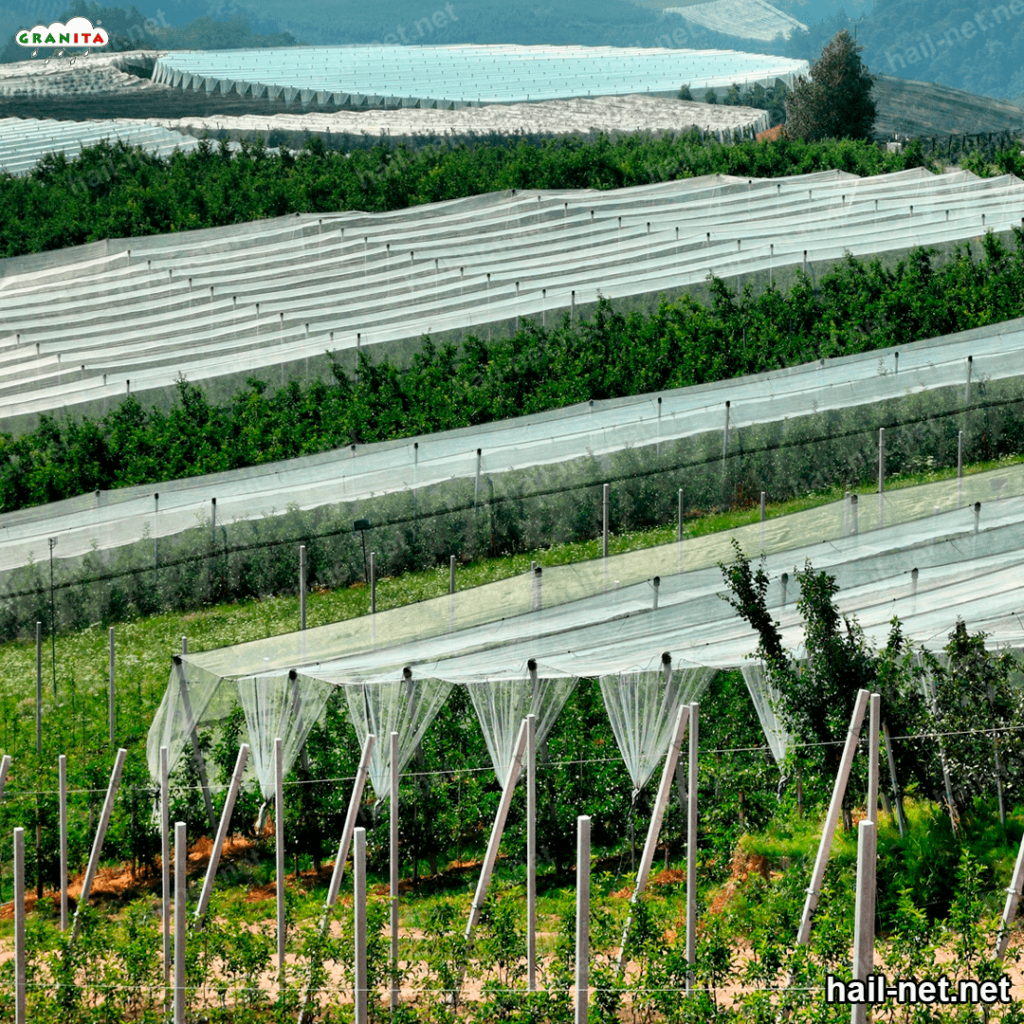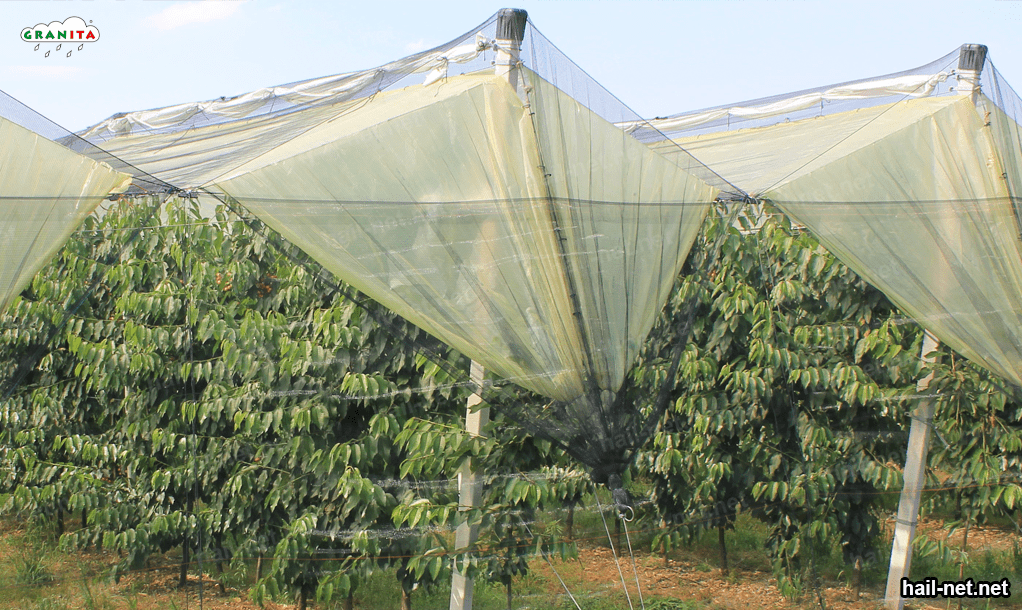Introduction
Agricultural fields are expose to a variety of external hazards that can damage production. The three most common external hazards that can damage an agricultural fields are climatic changes, pests and diseases, and improper use of fertilizers.
Climate changes are one of the most common external hazards that can damage an agricultural fields. A change in temperature, rainfall or humidity can affect the production of a crop. Changes in temperature can be extremely damaging to crops, as they can cause a decrease in productivity. Drought can also damage crops, as agricultural fields need an adequate amount of water to grow.
Another common external hazard that can damage an agricultural fields is pests and diseases. Pests can devour crops, while diseases can cause crops to wilt. Pests and diseases can infect crops through air, soil or water, and once infected, crops can be lost.
Improper fertilizer use can also damage agricultural fields
If fertilizers are over-apply, crops can be damage. This is because excess fertilizers can cause a buildup of nutrients in the soil, which can lead to crop poisoning. Excessive use of pesticides can also cause crop damage.
It is important to be aware of these three common external hazards to ensure good crop production. Farmers should be alert to any changes in weather, as well as any signs of pests or diseases. Proper use of fertilizers and pesticides is also important to keep crops healthy and resistant to external hazards.

Why do vegetables need the protection of a net against external hazards?
Vegetables are one of the main sources of food for mankind. Every day, more and more people depend on them for food. For this reason, it is important to protect them from external hazards to ensure their production. The best way to do this is with the help of a protective netting. This netting provides adequate protection against predators, insects, pests and other external hazards, helping vegetables to grow without problems.
The protective netting, commonly referred to as the “roof” of the vegetable garden.
Is a polyethylene netting that is placed around the growing area with the intention of protecting them from the outside elements. This netting also helps maintain the proper temperature for vegetable growth by maintaining adequate heat and humidity. This means that vegetables can grow with more health and vigor. This netting also protects the vegetables from wind, rain and snow, preventing them from being damage.
It also helps keep wild animals out of the garden. This includes rodents, birds and mammals, among others. These animals can be a major threat to vegetables, as they can destroy the crop and transmit diseases. For this reason, it is important that a protective netting be install to keep them away.

A protective netting can also help keep pests and insects at bay
These insects can be a major threat to vegetables, as they can destroy the crop or transmit diseases. For this reason, it is important to install a protective netting to keep them away. This netting also helps keep the crop safe from flying insects. Such as bees, wasps and butterflies, which can cause damage to the crop if present in large numbers.
Protective netting is an effective way to protect vegetables from external hazards. This helps keep the crop safe from predators. Insects and pests, and also helps maintain the proper temperature for vegetable development. In addition, this netting also helps keep wild animals out of the garden. Which improves the health and growth of the vegetables. Therefore, a protective netting is an essential tool for any farmer who wants to have a good harvest.
How does an anti-hail net influence the protection against external hazards?
Agriculture is a vital activity for the livelihood of mankind. Many people depend on agricultural fields to produce food and other products. However, agricultural fields are expose to many external hazards. From drought to hail storms, farmers have to deal with all kinds of difficult weather conditions. A hail netting can be a solution to reduce external hazards to agricultural fields.
A hail net is a mesh netting constructed to protect agricultural fields from hail
These nets are generally made of wear-resistant materials, such as galvanized steel wire or stainless steel wire. Hail nets are installed over agricultural fields to protect them from hail damage. These nets are designed to absorb the impact of the hail stone. Which reduces the force of the blow and limits the damage that hail can cause.
Anti-hail netting has a number of benefits for farmers. These nets provide a physical barrier between hail and agricultural fields. This reduces the damage that hail can cause to crops, allowing farmers to have a more abundant harvest. In addition, hail netting reduces the amount of time and money farmers would have to spend on repairing hail damage. This saves farmers time and money, and allows them to concentrate more on growing a larger crop.

